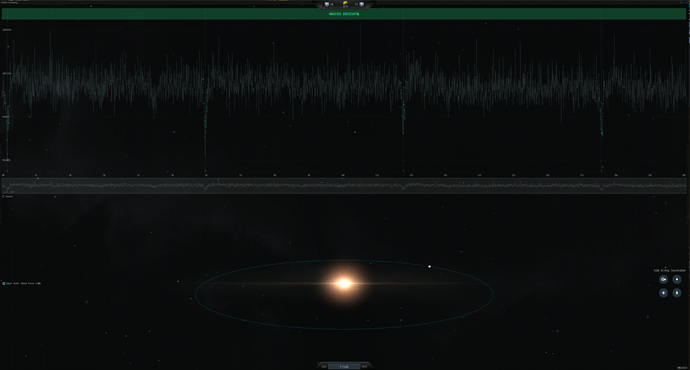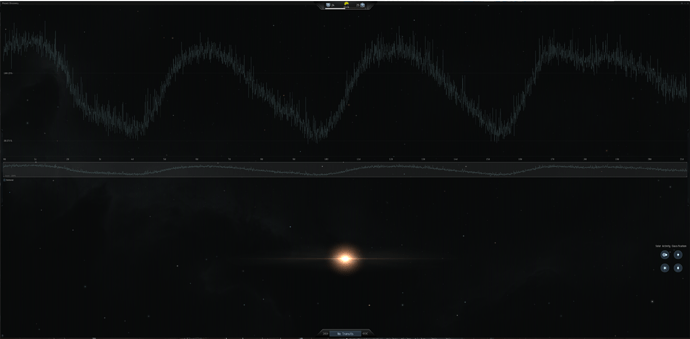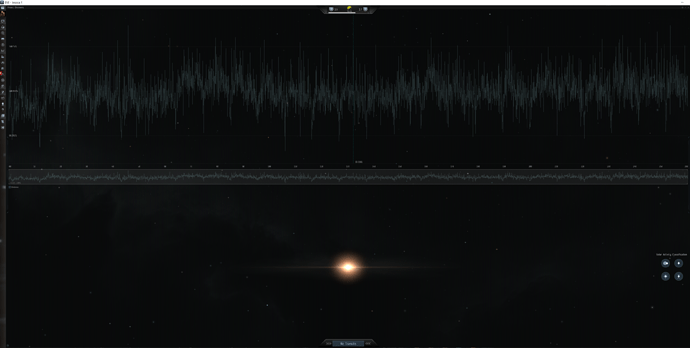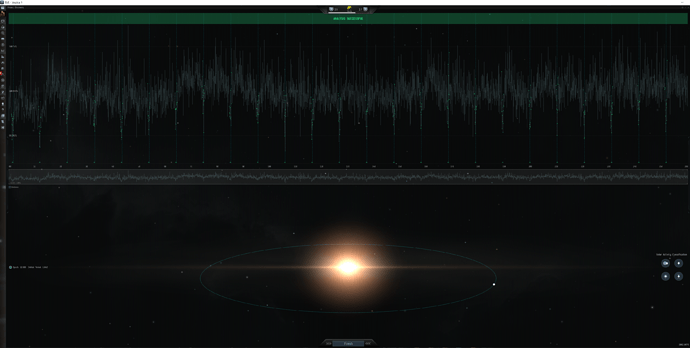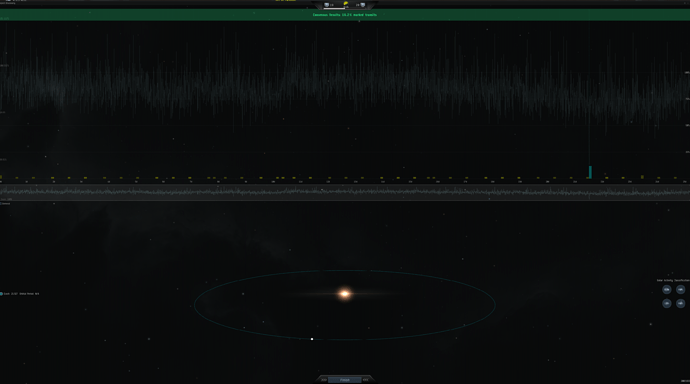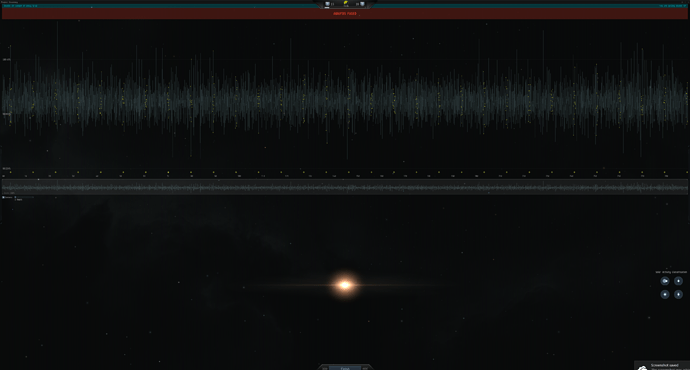A few of you might know I play a game called EVE. Few more of you might have heard of it. Normally I wouldn’t do an actual post about it but they’re doing something really really cool atm.
As the title says EVE atm is helping out a group of Scientists searching for planets around other stars.
You can more about it here.: Exoplanets: The Next Phase Of Project Discovery | EVE Online
Just skip the end part where they talk about rewards. Those are only for ingame so unless you want to actually play the game not going to help much.
Now actually doing the search isn’t all that easy. They wouldn’t need help if it was. But there’s lot of samples they train you on then test you on as you go through the pile of data. From what I can see there’s at least a 100,000 stars to go through. And because they are having more then one person doing each star to make sure they get the best chances this could take awhile.
So far I’ve possibly found 1 new star. (as in I was the first person too look at a dataset and found a cycle of dimming which will take further reviews and closer examination to confirm or deny. But hey, its a more note worthy use of my time then actually playing the game.)
Things to Note:
-The game is FREE to play and to do the exo-planet search.
-If you log in you can find me in game under the name Mining Forman. (Yes Forman is misspelled, No it wasn’t by me)
I can help with trying to get started and help make it easier to spot the planet signs.
-You can use this link to sign up. It won’t help you (or me) if you just search for planets. But if you want to try the game out it gives you some extra skill points.
.http://secure.eveonline.com/signup/?invc=929b351a-4606-4ccd-85d2-29d0f5427512&action=buddy

